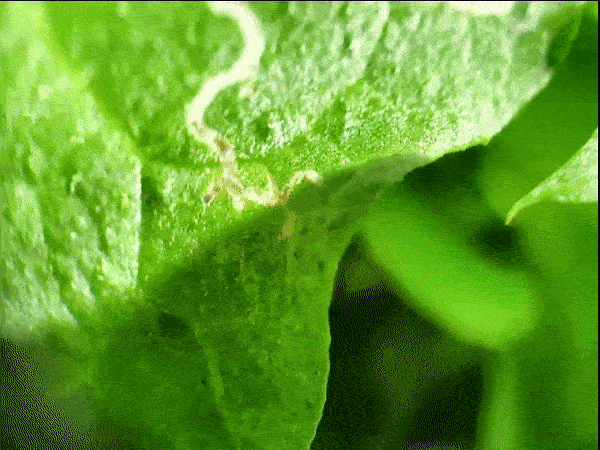Hello folks who wonder what was the response to the first person who said okay to a request,
All animals leave tracks wherever they go as they journey through life. Only the really good serial killers cover them up afterwards. Some animals leave their tracks by consuming everything in their path.
One such example is the nostalgic game "Pac-Man" which sets unrealistic standards. It shows a maze lined with pellets that the main character who is always hungry must consume before the ghosts can eat its soul. The game shows that no matter how much you eat you still remain the same size. That is not how it works in real life. Just ask my pre-pandemic wardrobe.
This is how the game should have ended instead.
Leaf miner is the larval stage of some flies, beetles and other insects. This is how it works. The mama insect deposits her egg in the leaf tissue in plants. The egg hatches and the hungry larva starts chomping its way around that leaf. During this all-you-can-eat adventure these caterpillars mine some of the plant tissues and leave visible tunnels behind. This is a great strategy since they are not only surrounded by food but also protected from predators. It's like eating all the ingredients of the subway sandwich without eating the bread. No thanks, that is a little too healthy for my taste. (Need another reason why I don't eat salads? Read about it here)
These feeding channels are tell-tale signs that a leaf miner was/is on that plant leaf.
Unlike Pac-Man, this happens in real life and you can literally see the different t-shirt sizes the larva went through as it is getting closer to adulthood.
Depending on the time you spot these mines you can either catch it in the act or find the hole through which it came out as an adult.
Below is one which I caught in the act of mining a leaf.
Who doesn't like to be warm and comfy when they are going to sleep at night. But despite being on the softest bed, under the warmest blanket we will frequently toss and turn throughout the night. One of the reasons proposed for this human behavior is that it is a mechanism to avoid reduced blood flow to certain parts of the body.








No comments:
Post a Comment
Did you learn something new in this post? Let us know in the comments below